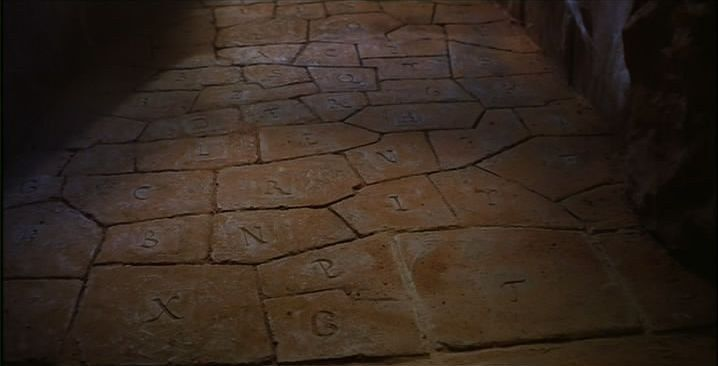J? On a Roman numeral?

What I’m going to say is partially redundant with the answer provided there. I like this topic though, so…
Another way to frame the same question would be what is the significance of making a longer ⟨i⟩ at the end of the number? Because that’s what that ⟨j⟩ is, a longer ⟨i⟩; since Roman numerals tend to use ⟨i⟩ a fair bit, that flourish was a visual cue that the number ended. That’s specially useful when you remember that the number will be found alongside text using the exact same letters. Like in this made up example:
- [without flourish] Vpon mashing together xxiii indigo floɯers, the resulting extract euaporated vnder sunlight for iii days.
- [with flourish] Vpon mashing together xxiij indigo floɯers, the resulting extract euaporated vnder sunlight for iij days.
It’s simply clearer this way.
It’s worth noting that ⟨J⟩ is not part of the Latin alphabet as used by the Romans. It started out as an allograph (same letter, written in a different way) of ⟨I⟩; so for example, writing “iust” or “just” would be the same thing, just like writing “banana” or “bɑnɑnɑ” with a fancy ⟨ɑ⟩ for ⟨a⟩. The main usage of this flourish was on word start/end, but specially in numbers, something that survived the ⟨I⟩ vs. ⟨J⟩ split (from 1500 or so).
You see something similar with ⟨U⟩ vs. ⟨V⟩, another rather recent letter. See on the example how I wrote “vpon” but “euaporated”? Bingo. I’m not sure if those allographs played any meaningful role with numbers though.



